Radio spots are about sound bytes and the drama of the script. They’re about bouncy, hyperbolic jingles, and skilfully-paced line and punctuation delivery.
These ads need to tune more into brand relevance
Radio spots. They’re about sound bytes and the drama of the script. They’re about bouncy, hyperbolic jingles, and sometimes skilfully-paced line and punctuation delivery. Ads on radio cruise from the unusual to the interesting and the bizarre.
Tune into this memorable Lifebuoy ad. A sardarji calls out to his pet dog: “Tommy…Tommy.” Inexplicably, the doggie backs away, with a fierce growl. Voice-over: Tan ki durgandh ho toh Tommy pass Kyun aaye? Lifebuoy use kijiye
In contrast, VIP underwear buzzes with a concerned doctor who’s examining a patient. He instructs the nurse: Could you please take his temperature? Give him his medicine?...The nurse playfully interrupts each order with: Sir can I give him a bath. Doc is bewildered. `VIP Frenchie-Make a big impression.’
“Ads on radio seem to be a compilation of the world’s best joke books,” says Aloke Banerjee, CEO, S. Kumars, “It’s like the creative guys sit in a group, around a bonfire and carve out the funniest lines, while it may or may not work for the brand. When was the last time you heard a truly meaningful radio commercial? Nasal voices seem to be everyone’s pick and the same goes for funny accents. Are deep baritone voices dead?”
He traverses memory lane: I come from an age when commercials were largely in the form of embedded radio programmes. In those days, we had a Bengali snippet called Suchitra’s Sansaar, where Suchitra was the protagonist and her everyday episodes would invariably include Horlicks, complete with the base-line. These efforts involved some kind of ingenuity, some inventive thinking.
Next of kin were the adventures of Inspector Eagle, where a mad-cap inspector solves mysteries and keeps everyone entertained. Eagle flasks were the sponsors.”
Less brand relevance
Today’s it’s a different airwave. Radio spots are replete with exaggerated accents, mimicry, Sholay spoofs, and power-packed rap songs. Call up the Nokia 1100 ad which flags off with a Punjabi aceent: “Chal, Oye phone la,” followed by an ethusiastic rap:’.. nazar walle, tera muh kaala....”
Laments Ashish Khazanchi, executive creative director, Rediffusion DY&R: “The problem with most creative guys is that we spin characters who are Madrasi, Parsi, Maharashtrian, Punjabi but never bother to look for their individual traits. It’s a cacophony of accents.”
Brand relevance seems to be quieter. “I came across a commercial for Aerostar Helmets which for the entire 15 seconds hammed just one line “Kyu behtar hai Aerostar, zara sochiye? It looked like the makers of the ad had absolutely nothing to say about the brand. And it looks like the brand was okay with it, for they were running the crass piece, no questions asked,” adds Khanzanchi.
Part of the problem lies in the fact that there is no creative accountability for radio. A client would huff and puff his way through the making of a TV spot, but radio? It’s just an add on, best designed for contests and short-term promotions. Why do you think so many brands still bring in hand-me-downs from TV? he queries.
However, there are a few brands that create radio-specific creatives. Brush up the Colgate ad which drones: Musharraf is not talking to Vajpayee, Vajpayee is not talking to Clinton, Clinton is not talking to Monica Lewinsky, Monica is not talking to Hillary. Give ‘em Colgate and they’ll all talk to each other.
In contrast, Asian Paints’ radio commercials had characters, mostly kids, talking about colours, and about special places (nooks and corners) within their homes.
Says KBS Anand, vice-president (sales & marketing), Asian Paints : “You enjoy these commercials more, because the message is a lot more consequential than the brand. Just a few simple stories, like the kind you read in the Readers Digest. Something that’s soothing to your ears. Radio advertising offers you the opportunity to deliver a simple yet powerful message to a targeted group of consumers that may be interested in your product or service. You can produce the ad with minimal effort and then identify stations that serve your market.”
Writing radio copy
Don’t be fooled though. Writing a radio-script is no cake-walk since there are no visuals to make your case stronger. What if the message is lost somewhere in the script? Are your characters alive enough? And yet not too alive, because you don’t want your brand to be lost. What are the particular traits of the character, lists KS Gopal, joint national creative director, agency David. Keep brand relevance always in mind. Only then will radio advertising rock the airwaves.
Past and Present
In those halcyon days, commercials were neatly packed in mini-snippets like Saridon Ke Saathi, Kohinoor Geet Gunjar, Binaca Geet Mala and Horlicks Suchitra's Sansaar. A mix of programming and ads.
Recalls legendary radio voiceover, Ameen Sayani: "These were the sort of the packages that finally led to commercial air time. Soon after, we had independent jingles such as Sirf Ek Saridon, Sar Dard Se Aaram or Mummy Kehti I Love you for Binaca Fluroride dominating Vividh Bharti. In the vintage days, we created radio jingles very carefully. The result was they turned out sharp, well-tuned, impactful and memorable. You knew exactly what we were asking you to buy."
Sayani who's still an announcer with Red FM, continues: Today, commercial time consists of ads that flow one into the other, and sound completely alike. Most of the time, they run so fast that you find it difficult to understand what's being said and what the product really is. Words are slurred and unclear and stereotypes run rampant. The problem is that too much of talk is crammed into the ads, and there is no break in-between. What a colossal waste of time, money and production capabilities.
KBS Anand agrees, and says none of them stand out in memory. ``I suppose, it speaks a lot about the quality of creatives on radio."
The radio moghuls naturally think otherwise. Abraham Thomas, COO, Red FM says that radio creatives are a lot slicker now, and the quantum of advertising has increased exponentially.
He remarks, "Then, you just had one station Vividh Bharti and production facilities weren't half as slick. If the creatives aren't selling in the current day, why are the commercial slots going choc-a-block? Marketers aren't stupid. And if there is a minority that crib that their radio spots haven't made a difference, the fact of the matter is that the impact of a fifteen-, thirty-, or sixty-second radio commercial will ultimately depend upon the frequency of the ad broadcast. You can't run it once at midnight, and be done with it."
Prashant Pandey, COO of Radio Mirchi, agrees: "I think that the quality of ads has improved considerably and we have moved over and above the Sholay syndrome. Trust me, not everything is a laugh on radio. We do have some touching scripts too. Like a guardian angel ad for Marie Curie cancer care, where the angel demonstrates all the elements that the NGO stands for."
Ultimately, listeners will take a call if this medium is about radio gag a or radio ga ga. Till then let the music continue.
![submenu-img]() Meet actress who is set to work in India's most expensive film, started career with superhit TV show, then gave..
Meet actress who is set to work in India's most expensive film, started career with superhit TV show, then gave..![submenu-img]() Hansal Mehta reacts to Sahara Group calling his series Scam 2010 The Subrata Roy Saga 'abusive act, cheap publicity'
Hansal Mehta reacts to Sahara Group calling his series Scam 2010 The Subrata Roy Saga 'abusive act, cheap publicity'![submenu-img]() Meet actor, who was once Aamir, Shah Rukh's rival, never became superstar, worked as hotel manager, is now...
Meet actor, who was once Aamir, Shah Rukh's rival, never became superstar, worked as hotel manager, is now...![submenu-img]() 9 killed, 24 injured as bus catches fire in Haryana's Nuh
9 killed, 24 injured as bus catches fire in Haryana's Nuh![submenu-img]() Meet actress who started career with Ranveer, Deepika, is married to man with Rs 53,800 crore net worth, husband is..
Meet actress who started career with Ranveer, Deepika, is married to man with Rs 53,800 crore net worth, husband is..![submenu-img]() Meet IIT graduates, three friends who were featured in Forbes 30 Under 30 Asia list, built AI startup, now…
Meet IIT graduates, three friends who were featured in Forbes 30 Under 30 Asia list, built AI startup, now…![submenu-img]() Meet woman who cracked UPSC in fourth attempt to become IAS officer, secured AIR...
Meet woman who cracked UPSC in fourth attempt to become IAS officer, secured AIR...![submenu-img]() Meet IIT JEE 2024 all-India girls topper who scored 100 percentile; her rank is…
Meet IIT JEE 2024 all-India girls topper who scored 100 percentile; her rank is…![submenu-img]() Meet PhD wife of IIT graduate hired at Rs 100 crore salary package, was fired within a year, he is now…
Meet PhD wife of IIT graduate hired at Rs 100 crore salary package, was fired within a year, he is now…![submenu-img]() Meet woman not from IIT, IIM or NIT, cracked UPSC exam in first attempt with AIR...
Meet woman not from IIT, IIM or NIT, cracked UPSC exam in first attempt with AIR...![submenu-img]() DNA Verified: Is CAA an anti-Muslim law? Centre terms news report as 'misleading'
DNA Verified: Is CAA an anti-Muslim law? Centre terms news report as 'misleading'![submenu-img]() DNA Verified: Lok Sabha Elections 2024 to be held on April 19? Know truth behind viral message
DNA Verified: Lok Sabha Elections 2024 to be held on April 19? Know truth behind viral message![submenu-img]() DNA Verified: Modi govt giving students free laptops under 'One Student One Laptop' scheme? Know truth here
DNA Verified: Modi govt giving students free laptops under 'One Student One Laptop' scheme? Know truth here![submenu-img]() DNA Verified: Shah Rukh Khan denies reports of his role in release of India's naval officers from Qatar
DNA Verified: Shah Rukh Khan denies reports of his role in release of India's naval officers from Qatar![submenu-img]() DNA Verified: Is govt providing Rs 1.6 lakh benefit to girls under PM Ladli Laxmi Yojana? Know truth
DNA Verified: Is govt providing Rs 1.6 lakh benefit to girls under PM Ladli Laxmi Yojana? Know truth![submenu-img]() Sunanda Sharma exudes royalty as she debuts at Cannes Film Festival in anarkali, calls it ‘Punjabi community's victory’
Sunanda Sharma exudes royalty as she debuts at Cannes Film Festival in anarkali, calls it ‘Punjabi community's victory’![submenu-img]() Aishwarya Rai walks Cannes red carpet in bizarre gown made of confetti, fans say 'is this the Met Gala'
Aishwarya Rai walks Cannes red carpet in bizarre gown made of confetti, fans say 'is this the Met Gala'![submenu-img]() In pics: Sobhita Dhulipala looks 'stunning hot' in plum cordelia jumpsuit at Cannes Film Festival, fans call her 'queen'
In pics: Sobhita Dhulipala looks 'stunning hot' in plum cordelia jumpsuit at Cannes Film Festival, fans call her 'queen'![submenu-img]() Udaariyaan takes 15-year leap, these actors join Sargun Mehta, Ravi Dubey-produced show
Udaariyaan takes 15-year leap, these actors join Sargun Mehta, Ravi Dubey-produced show![submenu-img]() In pics: Urvashi Rautela sizzles in red strapless gown at Cannes Film Festival, fans call her 'Disney princess'
In pics: Urvashi Rautela sizzles in red strapless gown at Cannes Film Festival, fans call her 'Disney princess'![submenu-img]() Haryana Political Crisis: Will 3 independent MLAs support withdrawal impact the present Nayab Saini led-BJP government?
Haryana Political Crisis: Will 3 independent MLAs support withdrawal impact the present Nayab Saini led-BJP government?![submenu-img]() DNA Explainer: Why Harvey Weinstein's rape conviction was overturned, will beleaguered Hollywood mogul get out of jail?
DNA Explainer: Why Harvey Weinstein's rape conviction was overturned, will beleaguered Hollywood mogul get out of jail?![submenu-img]() What is inheritance tax?
What is inheritance tax?![submenu-img]() DNA Explainer: What is cloud seeding which is blamed for wreaking havoc in Dubai?
DNA Explainer: What is cloud seeding which is blamed for wreaking havoc in Dubai?![submenu-img]() DNA Explainer: What is Israel's Arrow-3 defence system used to intercept Iran's missile attack?
DNA Explainer: What is Israel's Arrow-3 defence system used to intercept Iran's missile attack?![submenu-img]() Meet actress who is set to work in India's most expensive film, started career with superhit TV show, then gave..
Meet actress who is set to work in India's most expensive film, started career with superhit TV show, then gave..![submenu-img]() Hansal Mehta reacts to Sahara Group calling his series Scam 2010 The Subrata Roy Saga 'abusive act, cheap publicity'
Hansal Mehta reacts to Sahara Group calling his series Scam 2010 The Subrata Roy Saga 'abusive act, cheap publicity'![submenu-img]() Meet actor, who was once Aamir, Shah Rukh's rival, never became superstar, worked as hotel manager, is now...
Meet actor, who was once Aamir, Shah Rukh's rival, never became superstar, worked as hotel manager, is now...![submenu-img]() Meet actress who started career with Ranveer, Deepika, is married to man with Rs 53,800 crore net worth, husband is..
Meet actress who started career with Ranveer, Deepika, is married to man with Rs 53,800 crore net worth, husband is..![submenu-img]() This film's budget was less than an iPhone, smashed box office records; became first industry hit, earned...
This film's budget was less than an iPhone, smashed box office records; became first industry hit, earned... ![submenu-img]() Do you know which God Parsis worship? Find out here
Do you know which God Parsis worship? Find out here![submenu-img]() This white marble structure in Agra, competing with Taj Mahal, took 104 years to complete
This white marble structure in Agra, competing with Taj Mahal, took 104 years to complete![submenu-img]() 'If only we are smart enough...': Narayana Murthy was asked how AI will hurt job prospects
'If only we are smart enough...': Narayana Murthy was asked how AI will hurt job prospects![submenu-img]() Viral video: Gujarat man converts Honda Civic into 'Lamborghini' for just Rs 12.5 lakh, watch
Viral video: Gujarat man converts Honda Civic into 'Lamborghini' for just Rs 12.5 lakh, watch![submenu-img]() Man who disappeared 26 years ago found in neighbour`s cellar, just 100 metres from home
Man who disappeared 26 years ago found in neighbour`s cellar, just 100 metres from home
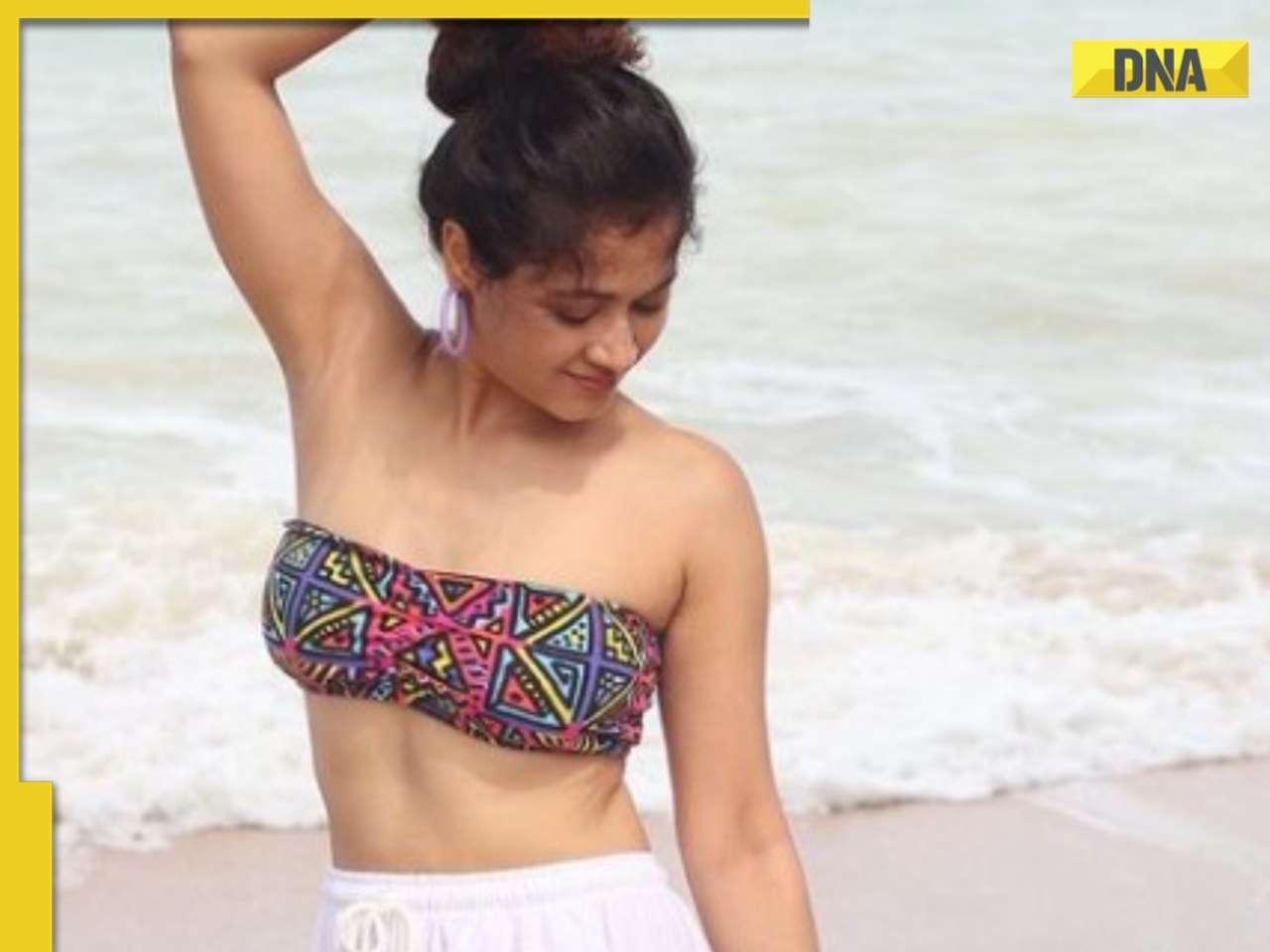
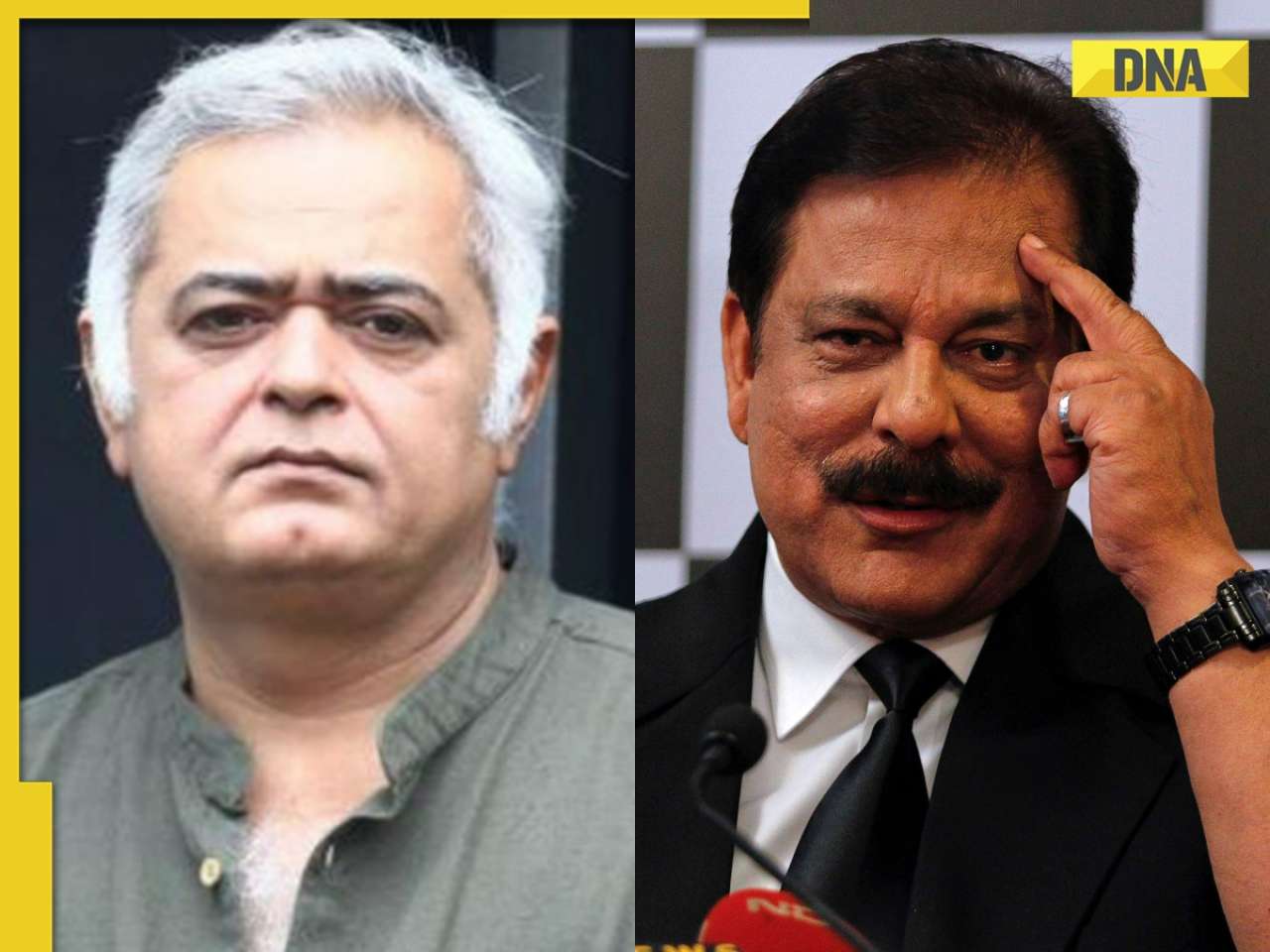






























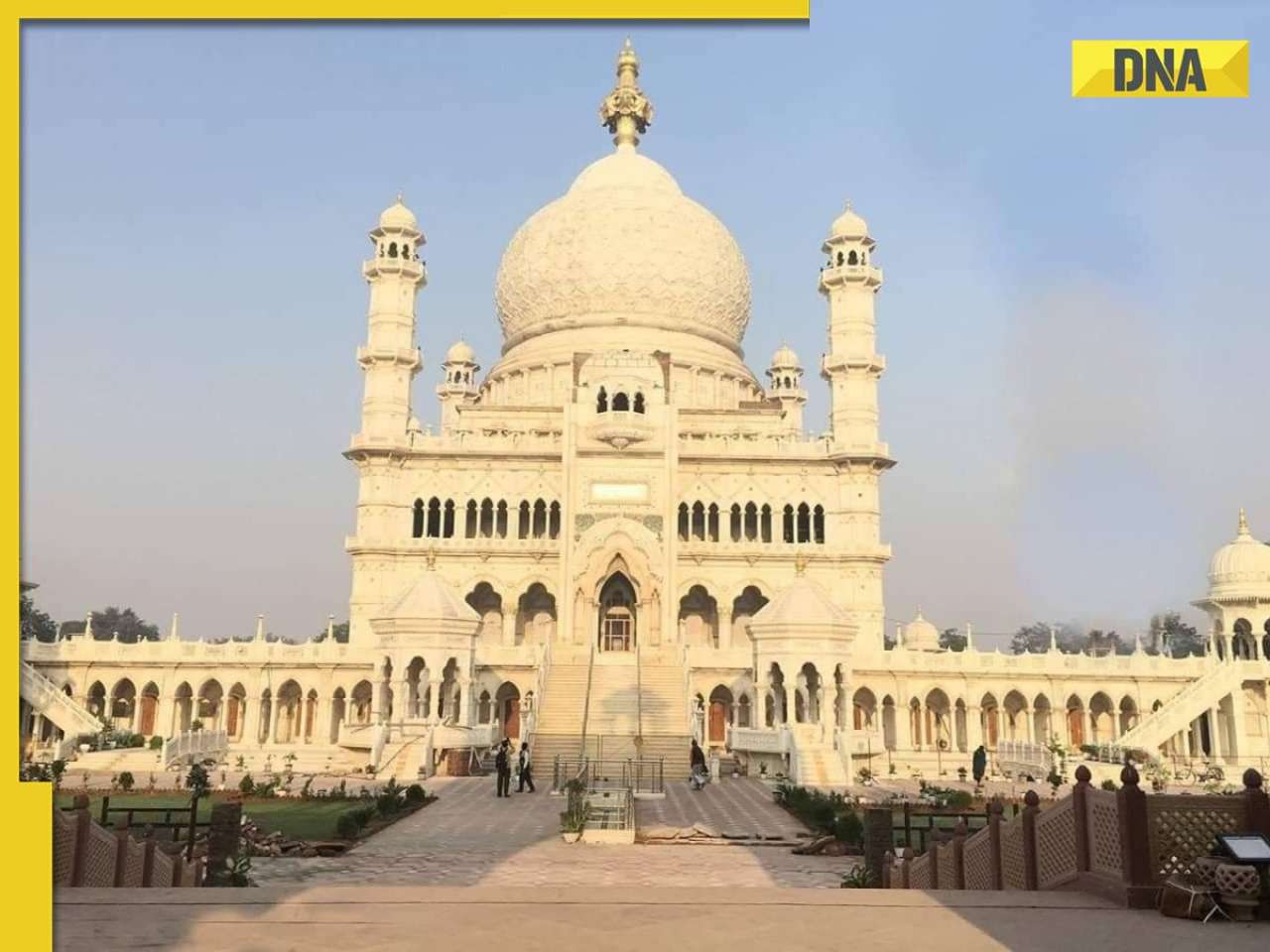
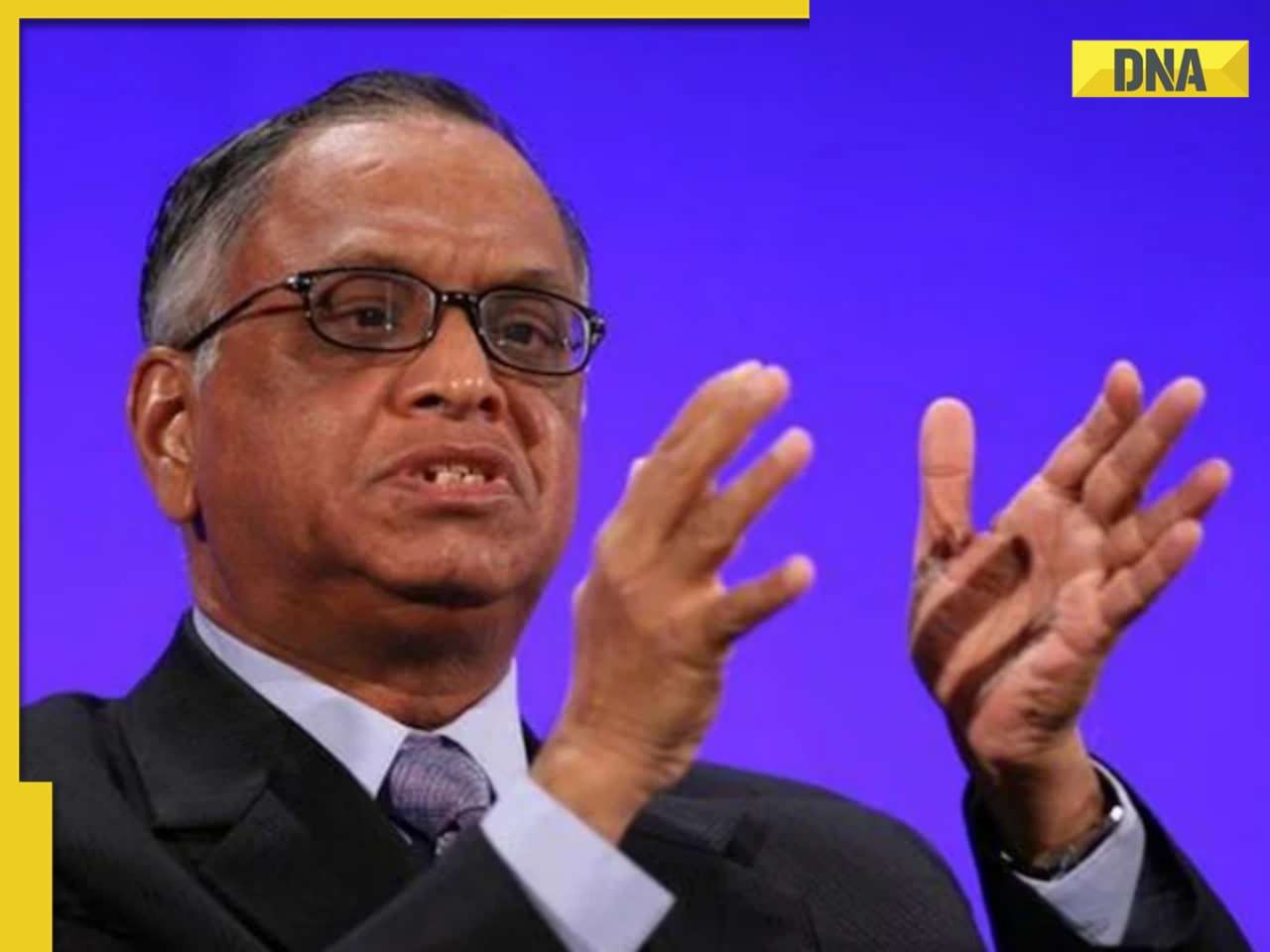
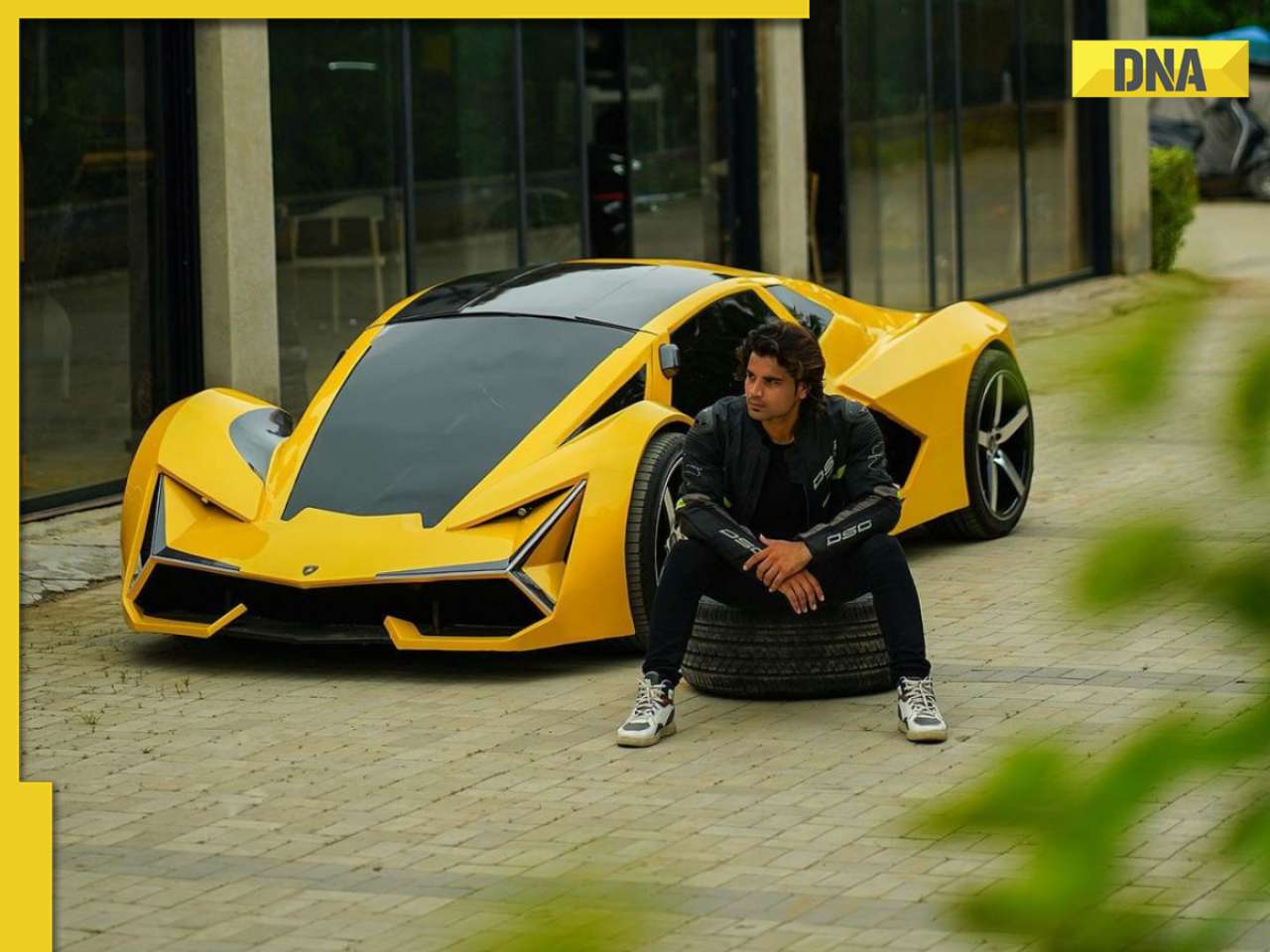



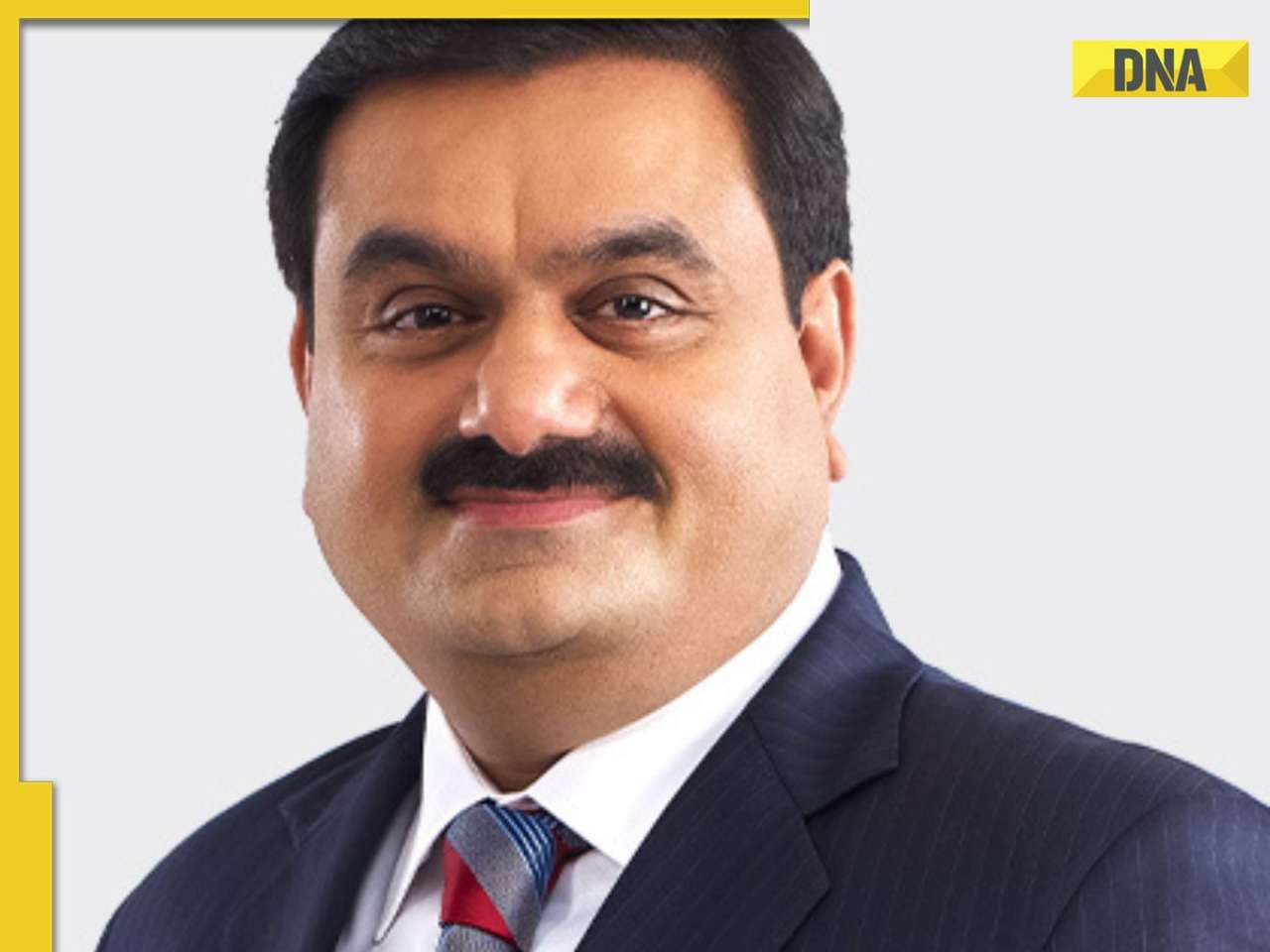
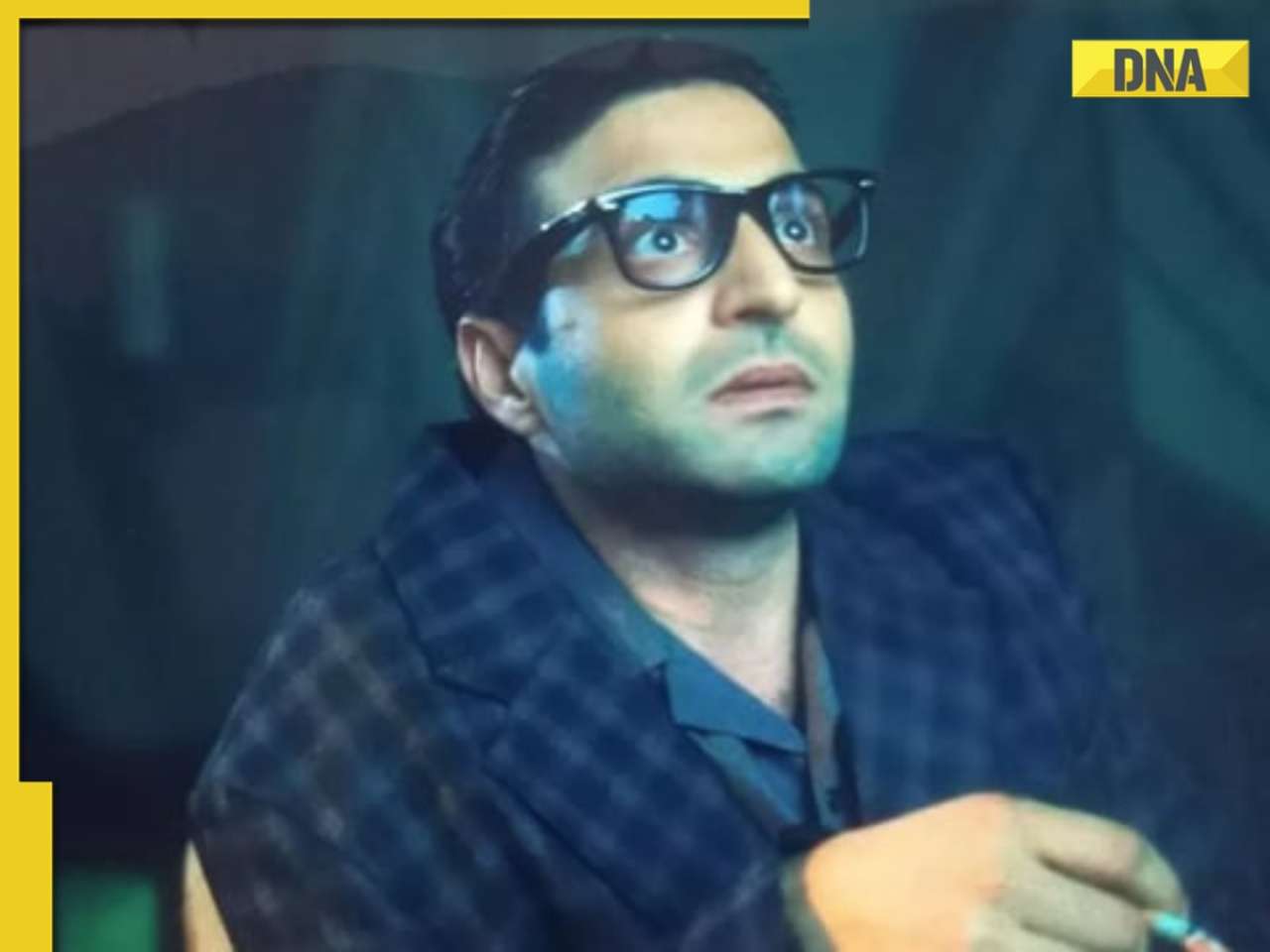















)
)
)
)
)
)